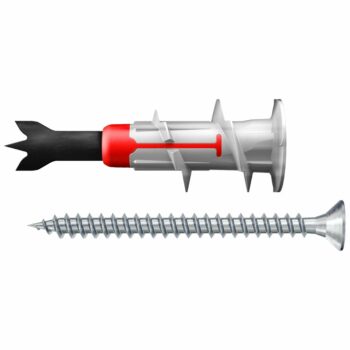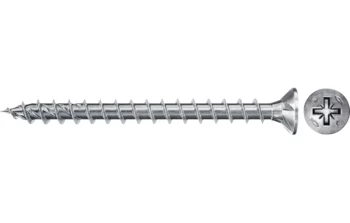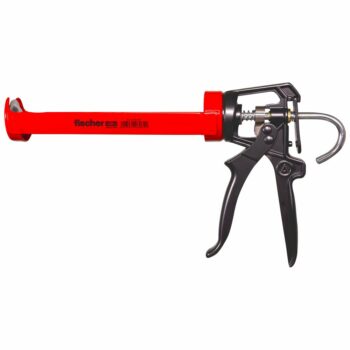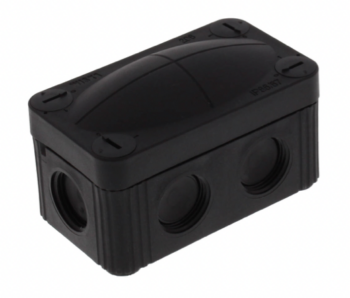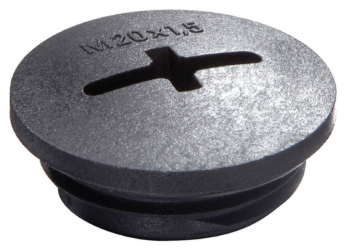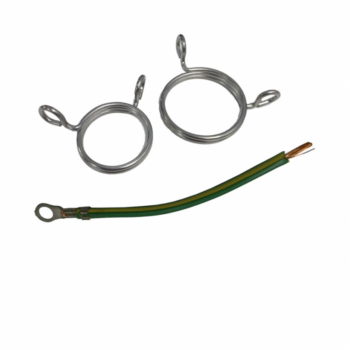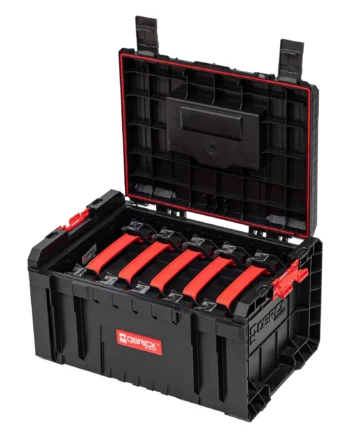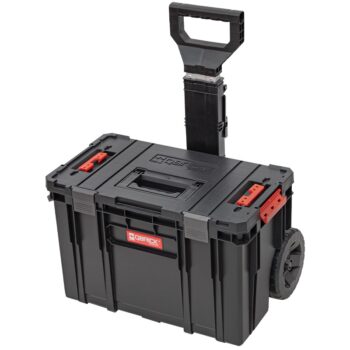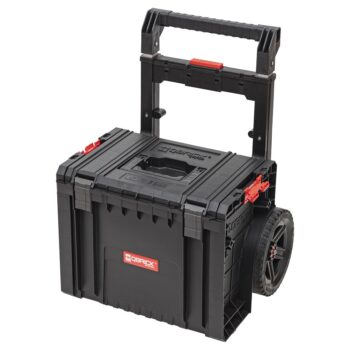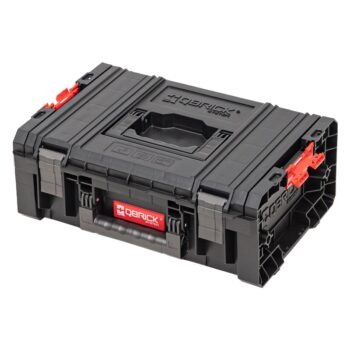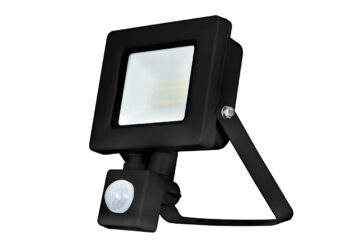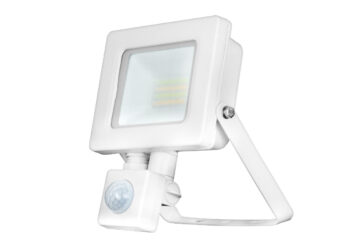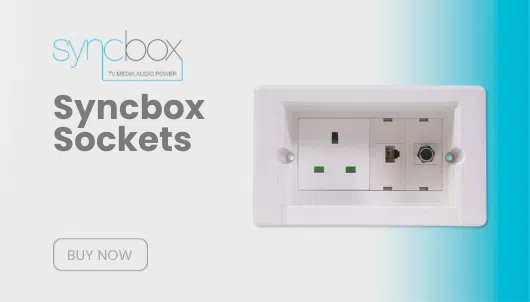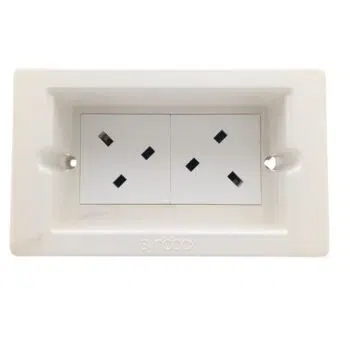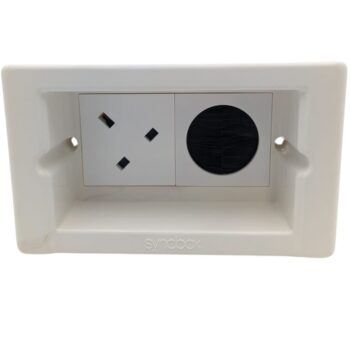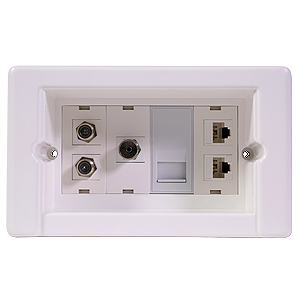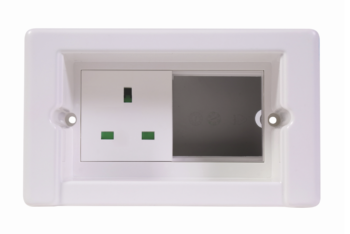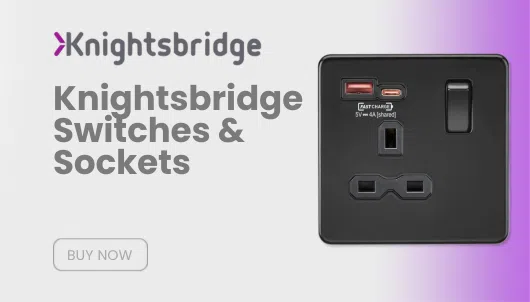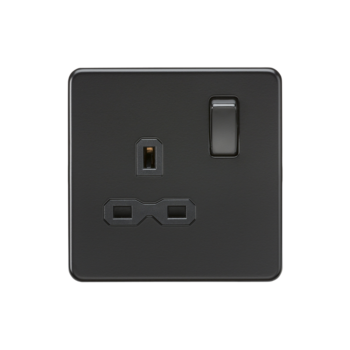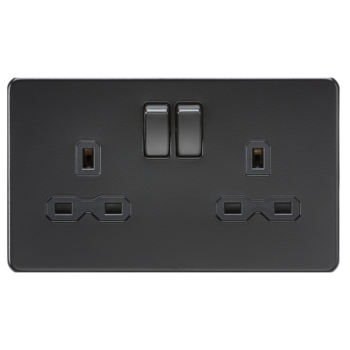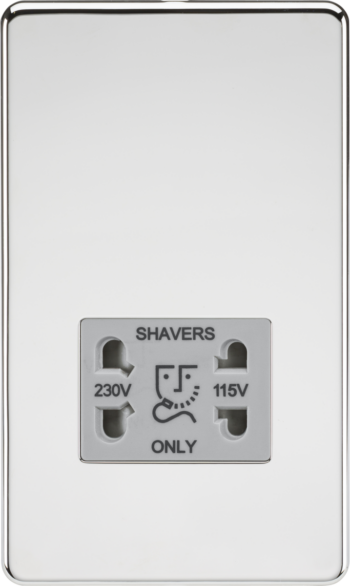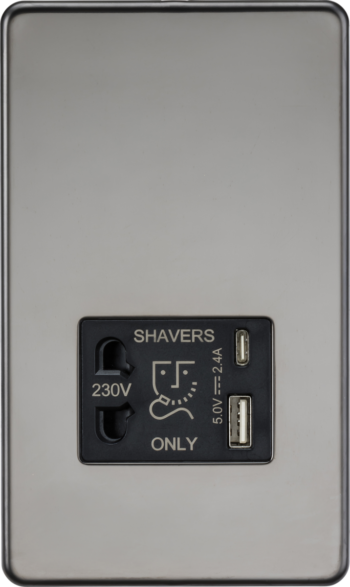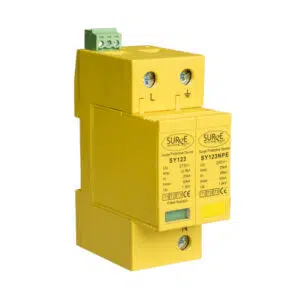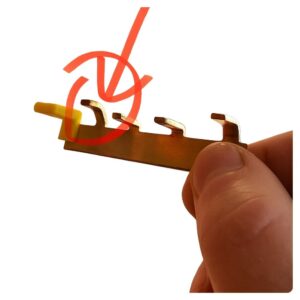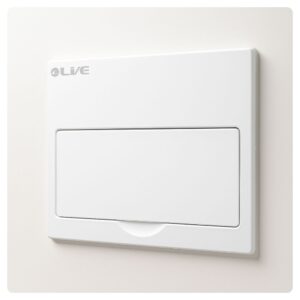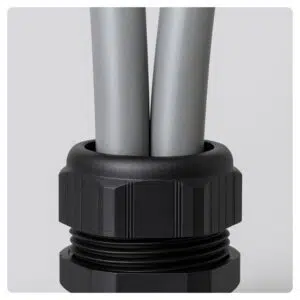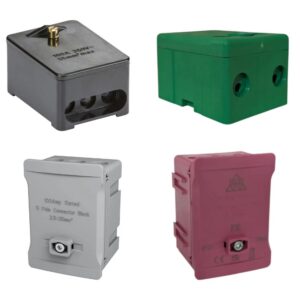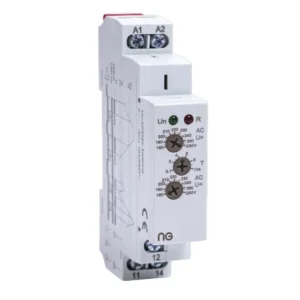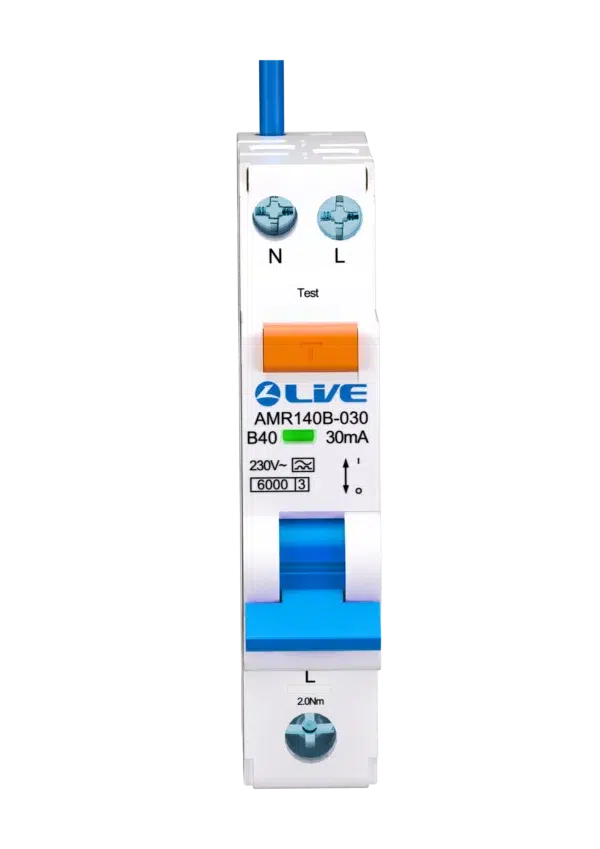
Bidirectional RCBOs (Residual Current Breaker with Overcurrent protection) are advanced electrical devices designed to enhance safety in electrical circuits. These components combine the functionalities of an RCD (Residual Current Device) and an MCB (Miniature Circuit Breaker). This combination allows for the detection of residual currents (earth faults) and provides overcurrent protection. Unlike traditional RCBOs, bidirectional RCBOs can detect current flow in both directions. This bidirectional capability is crucial in modern electrical systems, particularly with the growing use of renewable energy sources and inverter-based installations.
The Need for Bidirectional RCBOs
These RCBOs were developed to address the limitations of unidirectional RCBOs. Traditional RCBOs are designed to detect current flow in a single direction, which suffices for conventional electrical installations. However, with the advent of renewable energy sources, such as solar panels and wind turbines, there is an increasing need for bidirectional current flow. These renewable energy systems often involve the use of inverters, which can change the direction of current flow. Bidirectional RCBOs can detect faults regardless of the current direction, providing enhanced safety for these installations.
Why Bidirectional RCBOs are Gaining Popularity
The popularity of bidirectional RCBOs is on the rise due to several factors. Firstly, the growth of renewable energy installations requires reliable protection for bidirectional current flows. Secondly, the increasing complexity of modern electrical systems necessitates versatile and comprehensive safety solutions. Lastly, regulatory changes and updated safety standards are encouraging the adoption of more advanced protective devices. These factors combine to make these RCBOs an essential component in contemporary electrical installations.
How Bidirectional RCBOs Work
Bidirectional RCBOs function by continuously monitoring the current flow in both directions. When a fault is detected, such as a residual current (earth fault) or an overcurrent (overload or short circuit), the RCBO trips and disconnects the circuit. This tripping mechanism prevents potential hazards, such as electric shocks and fires. The ability to detect faults in both directions ensures that these RCBOs provide comprehensive protection, even in complex electrical systems with bidirectional current flows.
Benefits of Using Bidirectional RCBOs
Bidirectional RCBOs offer several advantages over traditional unidirectional equivalent. Firstly, they provide enhanced safety by detecting faults in both current directions. This feature is crucial for installations involving renewable energy sources and inverters. Secondly, these RCBOs simplify the design and installation of electrical systems, as they eliminate the need for separate protection devices for each current direction. Lastly, these devices comply with the latest safety standards and regulations, ensuring that installations meet current requirements.
Applications of Bidirectional RCBOs
Bidirectional RCBOs are particularly useful in installations with renewable energy sources, such as solar power systems and wind turbines. These systems often involve bidirectional current flows due to the use of inverters. Additionally, these RCBOs are beneficial in complex electrical systems, such as those found in commercial and industrial settings. By providing comprehensive protection, these devices enhance the safety and reliability of a wide range of electrical installations.
Conclusion
In conclusion, these RCBOs represent a significant advancement in electrical protection technology. Their ability to detect faults in both current directions makes them essential for modern electrical systems, particularly those involving renewable energy sources. As the demand for renewable energy and advanced safety solutions continues to grow, the popularity of these RCBOs is expected to increase. These devices not only enhance safety but also simplify the design and installation of electrical systems, making them a valuable addition to contemporary electrical installations.
See our full range of Bidirectional RCBOs here!
FAQ
Bidirectional RCBOs are protective devices that combine the functions of an RCD and an MCB. They can detect current flow in both directions, providing comprehensive protection against residual currents and overcurrents.
Bidirectional RCBOs are typically marked as such by manufacturers.
Some FuseBox RCDs may be bidirectional, but it is important to check the specifications provided by the manufacturer to confirm this.
No, not all MCBs are bidirectional. MCBs are typically designed to detect overcurrent in a single direction. Bidirectional protection is generally found in RCBOs rather than MCBs.
A unidirectional protective device is designed to detect and protect against current flow in a single direction. Traditional RCBOs and MCBs are examples of unidirectional protective devices.
Yes, most inverters are designed to shut down automatically in the event of a short circuit or loss of mains power. However, they provide an additional layer of protection by detecting faults regardless of the inverter’s status.
They are becoming more popular due to the increasing use of renewable energy sources and the need for comprehensive protection in modern electrical systems. They provide enhanced safety for installations with bidirectional current flows.
Yes, they are needed in installations where current flows in both directions, such as those involving renewable energy sources and inverters. They ensure comprehensive protection and enhance safety.
Our latest posts:
- ⚡ Surge Devices: The Ultimate Guide to Surge Protection Devices (SPD)
- 🔥 Modifying Consumer Units: Why “It Fits” Can Still Fail
- 🏡 Consumer Units in New Builds: Why Boards Are Now Out in the Open
- Amendment 4 and Consumer Units
- Henley Blocks Reimagined: From Industrial Roots to Colour-Coded 100A Connectors





